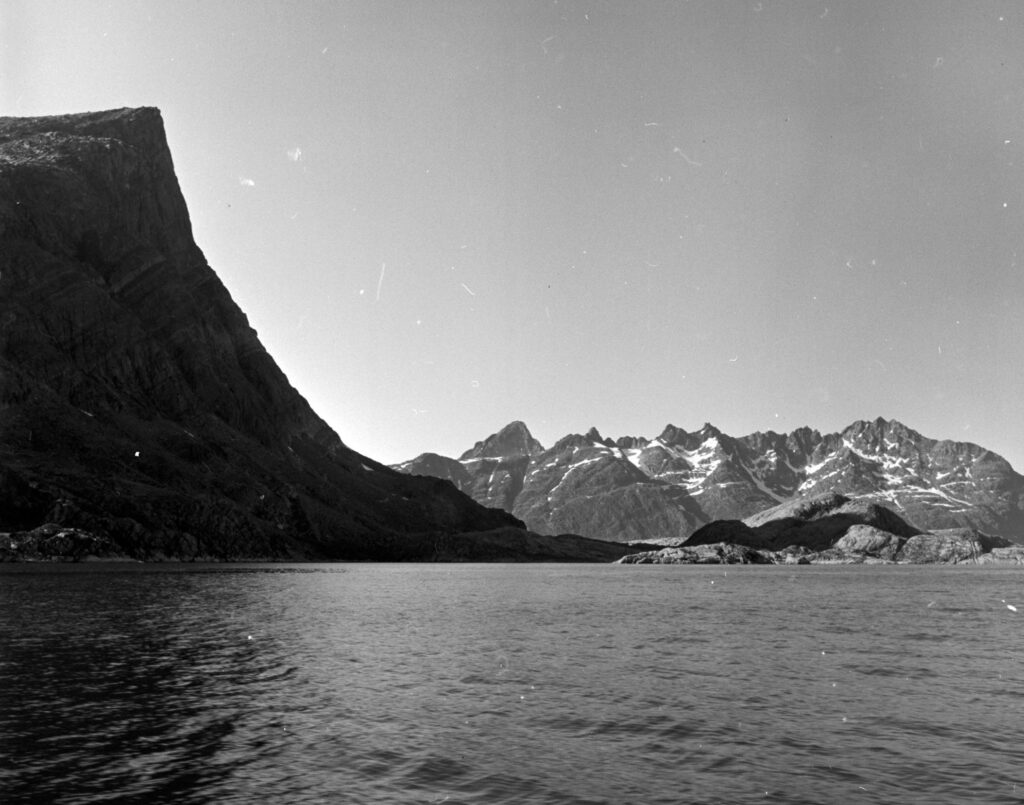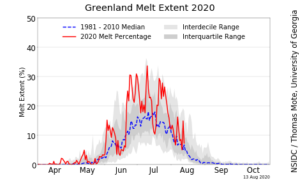
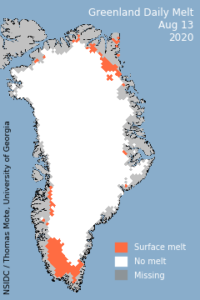
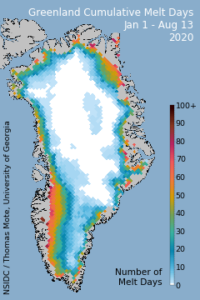 https://youtu.be/6kmyq3ZUTFg
https://youtu.be/6kmyq3ZUTFg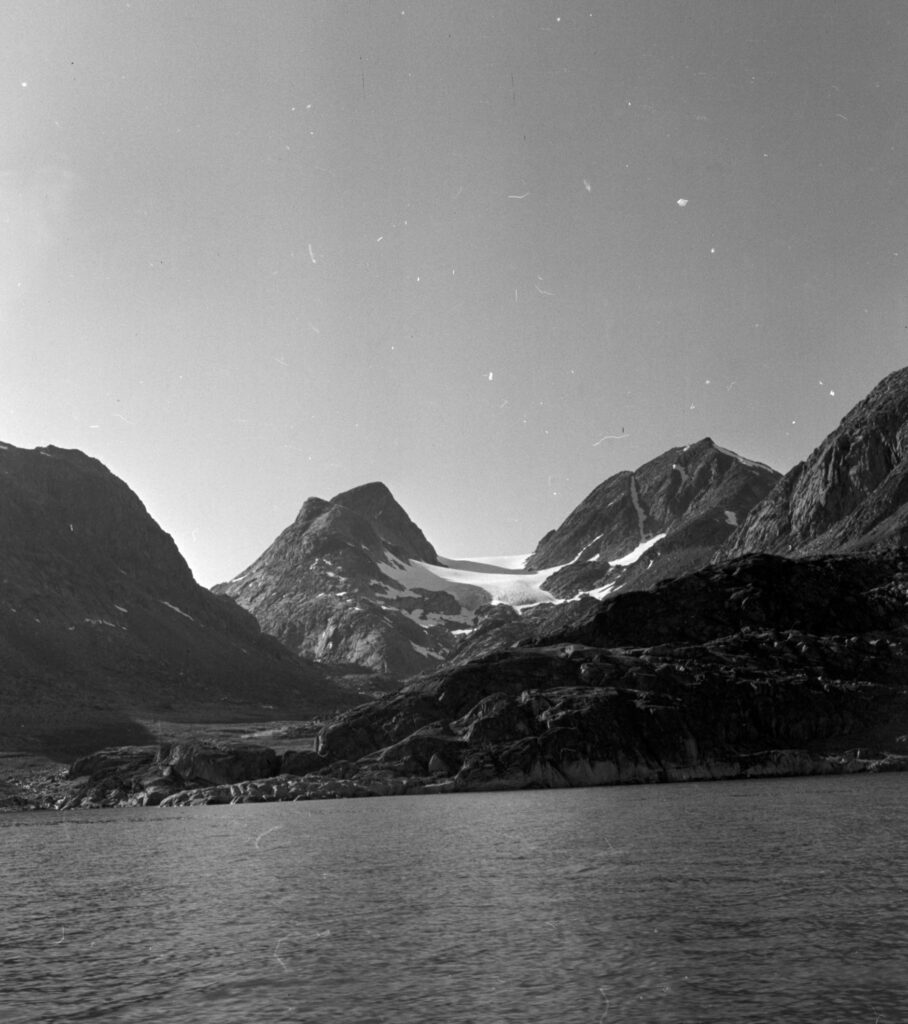
Rutherford Platt General Comments about this world of sea and sky and rock and ice in 1954
“Air: No dust. That is the outstanding fact. The earth’s surface is undisturbed by man. It is rock,snow, ice, sea water – where there are shallow sediments. It is gravel, not dust – and such soil as there is in the saucers is wet bog, bound by sphagnum, empetrum. Every dry saucer has its little rug – a tightly woven mat of crowberry, willow, bearberry. These grow flat. When a slender herb, such as the common Polygonum viviparium is able to lift its head but 4 inches above the mat, because it is wiry and quivers before the wind – it is conspicuous. Thus – no dust. – pure air, lots of it-even in the fog the air is pure, energizing. “
Sounds: A great relaxing silence embraces this world. It is broken only by tumbling or splashing water, wind in rigging( otherwise the wind too is soundless: there are no trees near a glacier, or poles to whistle around; it flows furiously, but silently around the mountains) When near a glacier, the sudden boom is that of a large cannon as the blue-and-white castle splits open – but this sound of the north is localized, and only accents the silence in which it is a sharp silhouette”
Animals: Save for birds, snow buntings on land, herring gulls, arctic terns, fulmers, kittiwakes at sea, we have seen no animal life out of the water (mosquitoes and flies excepted, although they are not nearly as bad as in Labrador.) No squirrels, rabbits, mice – no signs of them – no snakes, skunks, no animals!”
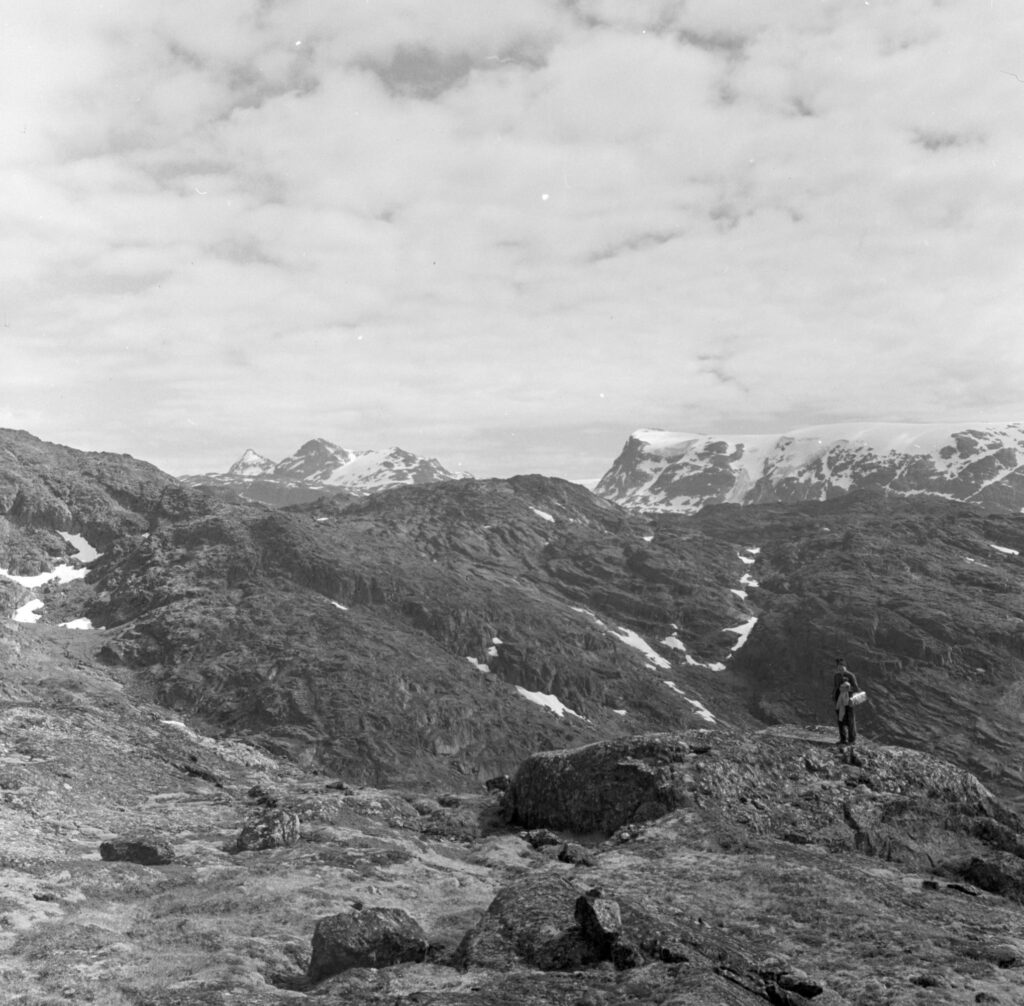
People: The natural world dominates, enormously, in all its untouched grandeur. Man does not affect it in the least detail. When man is discovered in this world . he and his habitations are tiny specks – infinitesimal in the scale of the scenery. Man would be called in a botanical manual “rare.” A village say of 3 to 10 huts can hardly be discerned from offshore. When we have picked them out in the glasses, it is often uncertain whether or not the shacks are just stones. Within the settlement, the few men cling together – between their houses are no pavements, nor telephone wires – but rocky paths, bogs, a patch of whitlow grass, piles of fish heads and entrails, a seal carcass, harpoons, sealskin bladders, kayaks, corral for dogs – this is man’s paraphernalia gathered close about him, like a tiny cache hidden between the immovable mountains and the sea that nourishes the man.
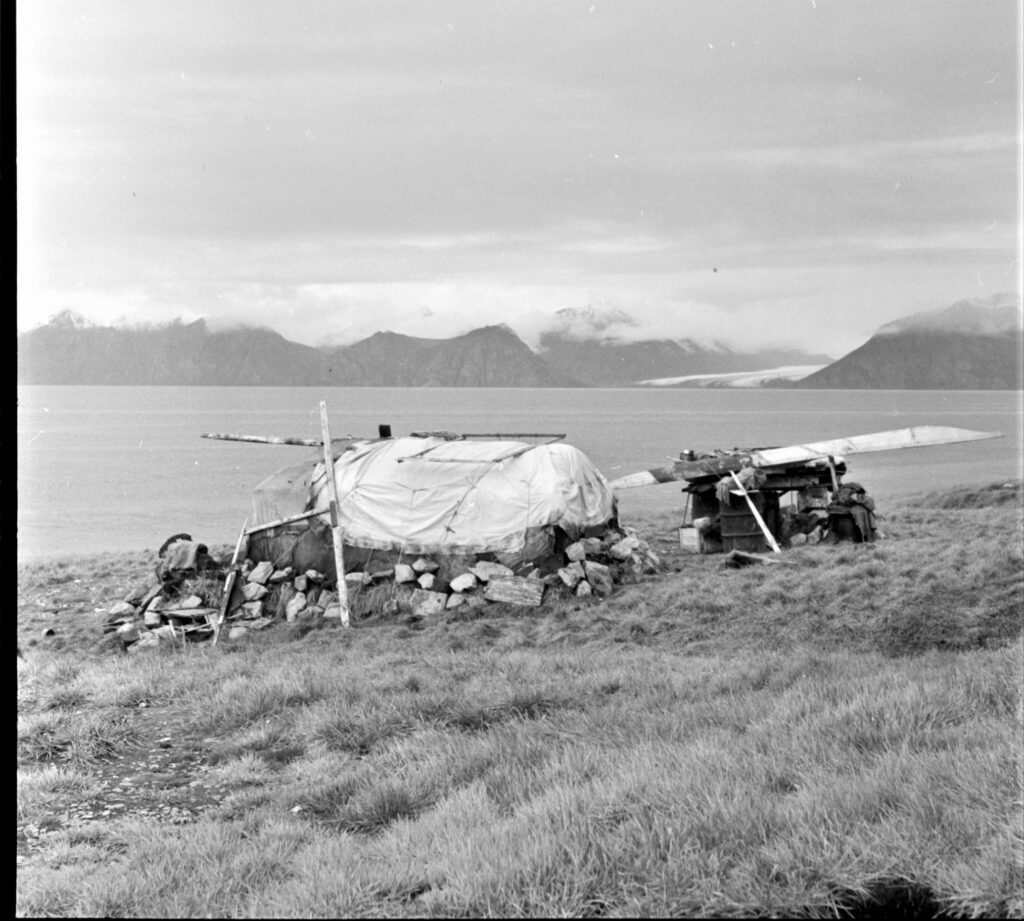
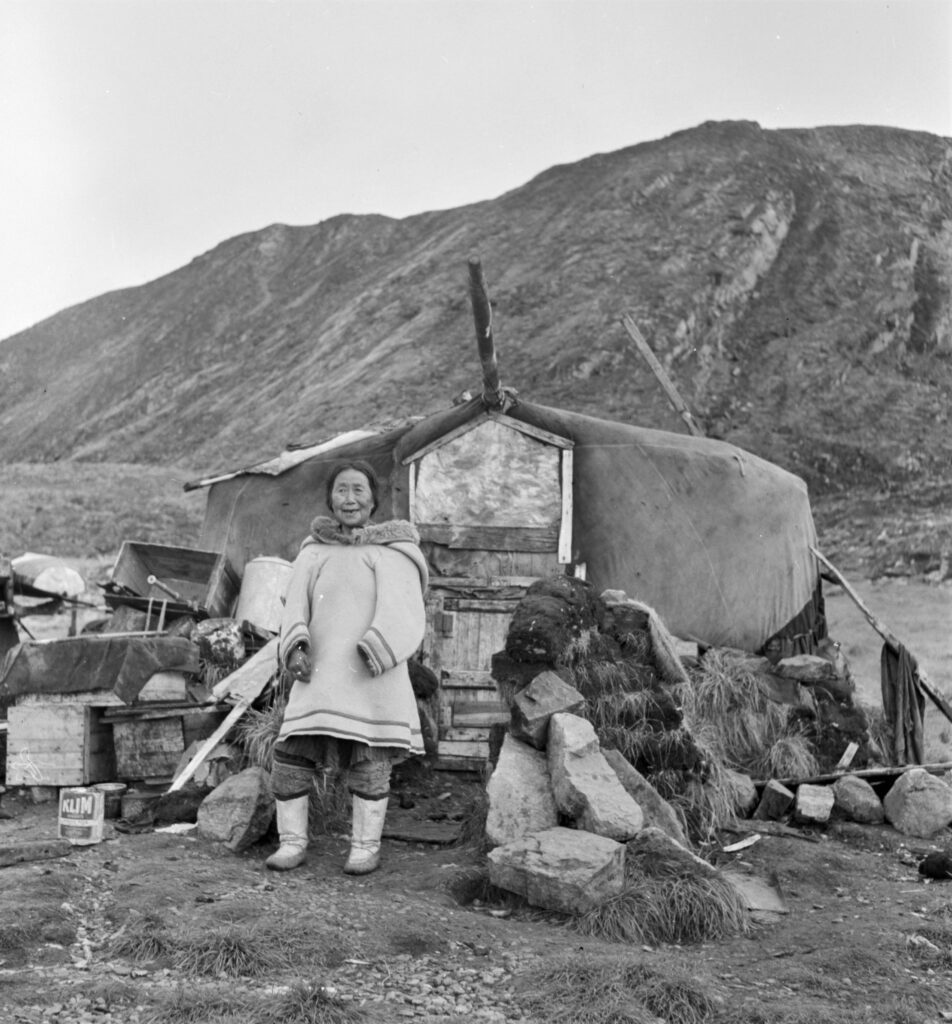
We have seen no crops in Greenland(somebody told me there was rye at Godthaab); the eskimos do not have vegetable gardens – they eat wild Cochlearia and Oxyria. There are no fowl, nor pigs. At Godthaab sheep were grazing in the protected saddles. The lack of pressure from people, the absence of competition, social or economic, makes the eskimos easy going. They have no miscreants, no authorities, no taxes. Because of the few people in the average settlement – 25 – 30- they achieve the communist ideal, everybody on the same level, share and share. If one man loses his team, each family will give him a dog and he is well equipped again. The point is that this equilibrium of life has come about naturally, as a by-product of conditions – it is not imposed by other men. Among eskimos there is no head man.
Aspect of Flora:This is probably the most vivid contrast in all the features of this land. What plants there are- in detail and biologically are like our green plants – mosses, lichens, seaweeds are exactly the same although far more conspicuous – but the resemblance is not there. First, nothing grows up. No trees, no upstanding bushes, no tall weeds or herbs. With us the bunchberry is a carpet on the floor of the woods; here the bunchberry, 2 or 3 inches high, is conspicuous – so flat is the mate from which it thrusts itself. We think of willows – great black trunks and birches slender, tall trees, – there are willows and birches here. Their leaves are often round and half an inch across or a quarter of an inch, and they grow absolutely horizontal. the blueberry and crowberry are flat mats too. The fireweed is not a graceful tall herb – some 3 or 4 feet high – but as we found it at Godthaab, it is fully grown to 4 inches tall! Buts its flowers are full-sized like ours. It is a curious dwarf with a big head. This flat character of the plants makes the lichen-covered rocks, and mosses, and snow patches conspicuous. In shallow saucers and saddles – the greenery grows like tiny scatter rugs thrown around among the rocks of the hillsides.
Walking You can easily walk or not al all. Sheer cliffs, ravines shut off many places. The mountains about have never been climbed and never will be. Why risk your life and spend your energies to surmount stern precipices when only more and sterner lie beyond. You don’t have to be a mountain climber to find plants. – here are thousands of square miles of uniform flora (Empetrum and its associates) in the shallow depressions and protected hollows. You can walk easily where you can walk at all. The hillsides are typical of a mountain top like Monadnock, only easier – the crowberry makes firm footing: even the bogs are easily traversed. No underbrush, no animal holes – broad smooth rocks – every footstep clearly visible … great walking! ( no more writing, the ship is plunging– up — down)
